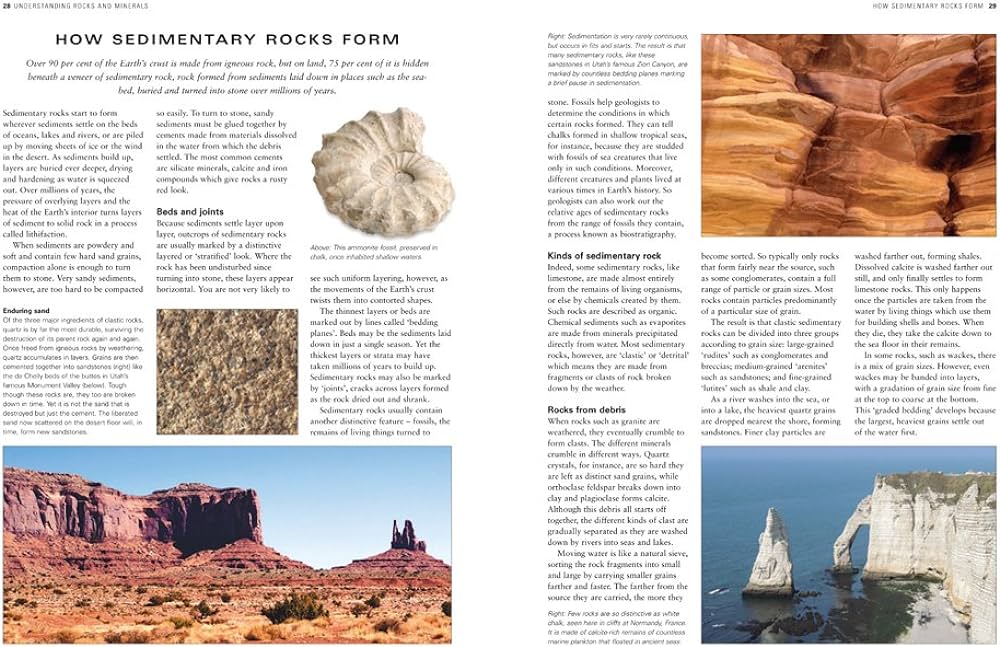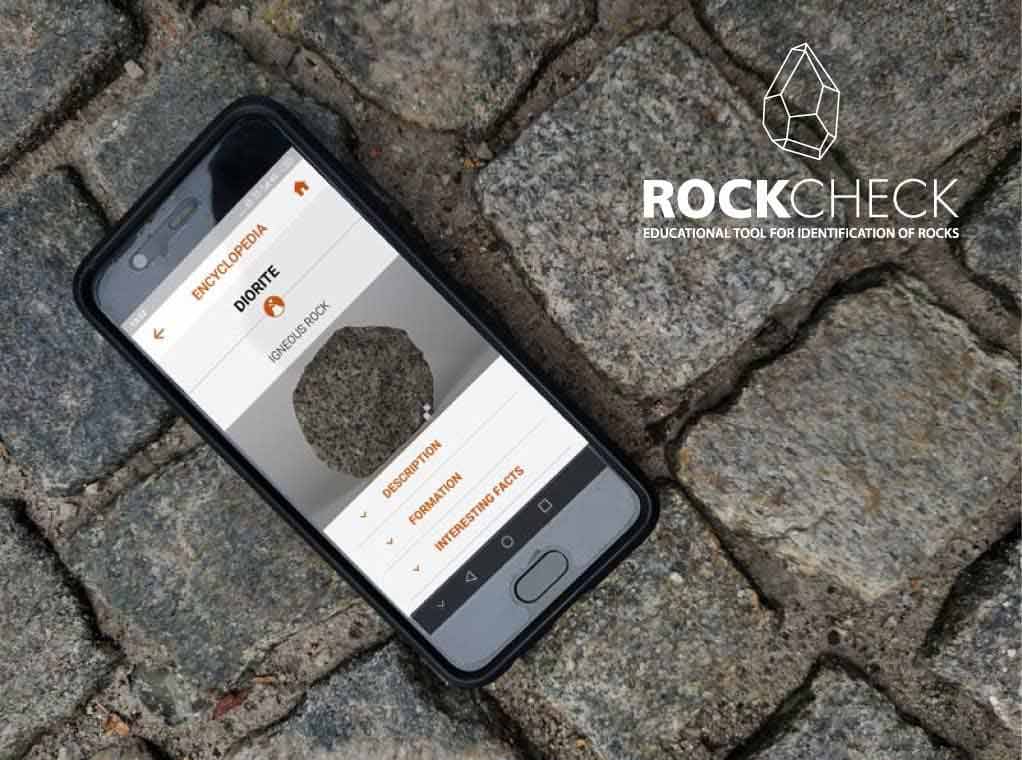Introduction
Geodes are one of nature’s most captivating creations. These spherical rocks may appear ordinary on the outside, but once cracked open, they reveal a stunning array of crystals and minerals. The formation and identification of geodes have fascinated scientists and rock enthusiasts for centuries. In this blog post, we will delve into the intriguing world of geodes, exploring how they are formed and how to identify them.
What are Geodes?
Geodes are geological formations that are essentially rock cavities or hollows lined with crystals or other mineral matter. They are formed as a result of volcanic or sedimentary processes, and their unique beauty and intricate crystal formations make them highly sought after by collectors and enthusiasts.
Formation of Geodes

The formation of geodes begins with the creation of a hollow space within a rock. This can occur in a variety of ways, such as volcanic activity, sedimentation, or even the decay of organic matter. Over time, mineral-rich water seeps into these cavities, carrying dissolved minerals with it.
Mineral Deposition
As the mineral-rich water enters the cavity, it begins to cool and evaporate, causing the minerals to crystallize and form layers on the inner walls of the geode. This process can take thousands or even millions of years, resulting in the stunning crystal formations that geodes are known for.
Types of Geodes
Geodes come in a variety of types, each with its own unique characteristics and formation processes. Some common types of geodes include:
Amethyst Geodes
Amethyst geodes are known for their beautiful purple crystals. They are formed when silica-rich water enters cavities in volcanic rocks and slowly crystallizes over time. The presence of iron impurities gives amethyst its distinctive purple color.
Quartz Geodes
Quartz geodes are one of the most common types of geodes. They are formed when silica-rich water enters cavities in sedimentary rocks and crystallizes. Quartz geodes can contain a variety of different minerals, resulting in a wide range of colors and crystal formations.
Agate Geodes
Agate geodes are characterized by their banded patterns and vibrant colors. They are formed when silica-rich water enters cavities in volcanic rocks and slowly deposits layers of silica, resulting in the unique banding patterns seen in agate geodes.
Summary
Geodes are geological formations that develop in certain types of sedimentary and volcanic rocks. They are essentially hollow cavities lined with crystals or mineral deposits. Geodes form through a combination of geological processes, including volcanic activity, mineral-rich groundwater, and slow mineral deposition over time.
Identifying geodes can be an exciting and rewarding experience. While their external appearance may vary, geodes often have a rough, bumpy texture on the outside. Their true beauty lies within, as cracking open a geode reveals a dazzling display of crystals in various shapes, sizes, and colors.
In this blog post, we will explore the different types of geodes, such as amethyst geodes, quartz geodes, and agate geodes, each with its unique characteristics. We will also discuss the geological conditions necessary for geode formation and the locations around the world where they can be found in abundance.
Whether you are a geology enthusiast, a crystal collector, or simply curious about the wonders of nature, understanding the formation and identification of geo see post des will deepen your appreciation for these remarkable geological treasures. So, let’s embark on a journey into the fascinating world of geodes!
- Q: What are geodes?
- A: Geodes are hollow rock formations that contain crystals or other minerals inside.
- Q: How are geodes formed?
- A: Geodes are formed through a process called mineral deposition. Over time, minerals seep into hollow spaces in rocks and gradually crystallize.
- Q: Where can geodes be found?
- A: Geodes can be found in various locations around the world, including deserts, volcanic ash beds, and sedimentary rock formations.
- Q: How can geodes be identified?
- A: Geodes are typically round or oval in shape and have a rough exterior. To identify them, you can look for their unique outer texture and tap them to listen for a hollow sound.
- Q: What types of crystals can be found inside geodes?
- A: Geodes can contain a wide variety of crystals, including quartz, amethyst, calcite, and agate.
- Q: Are all geodes the same size?
- A: No, geodes can vary in size from small, egg-sized specimens to large ones that can weigh several hundred pounds.
- Q: Can geodes be opened?
- A: Yes, geodes can be opened to reveal their crystal-filled interiors. This can be done by carefully cracking them open with a hammer or using specialized tools.
- Q: Are geodes valuable?
- A: The value of geodes depends on factors such as the type and quality of crystals inside. Some geodes with rare or high-quality crystals can be quite valuable to collectors.
- Q: Can geodes be polished?
- A: Yes, geodes can be polished to enhance the beauty of their crystals. Polishing can be done using various techniques and equipment.
- Q: Are geodes only found on Earth?
- A: Geodes have also been discovered on other planets, such as Mars. These extraterrestrial geodes provide valuable insights into the geological history of other

Hello wanderers, adventurers, and lovers of the great outdoors! I’m Anthony Coughlan, the heart and soul behind TerraWonders. If you’ve found your way here, it’s probably because you, like me, have an undying passion for travel, a penchant for luxury camping, or an affinity for embracing nature without compromising on comfort.

